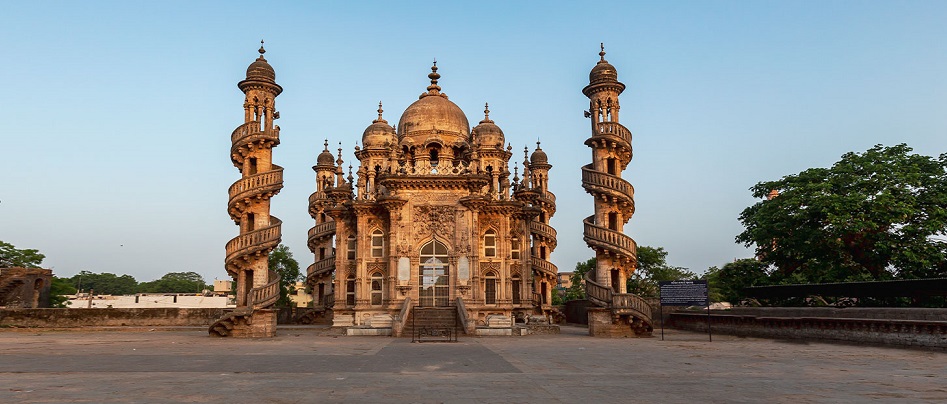Gir National Park is known to be the only abode of Asiatic lions in India, and this single fact is enough to entice a huge amount of footfall of wildlife enthusiasts in this kingdom of lions. Located in the Junagadh district of Gujarat, Sasan Gir stands with pride, with its unparalleled jeep safari options. In order to reach Gir National Park, the nearest railhead is Junagadh and Keshod and Rajkot Airports are the nearest options. Entry inside the national park is restricted during the rainy season and the winter months record the highest number of visitors and this peak season continues till March to mid-May.
However, as the weather gets drier, the majestic lions are more frequently spotted. They tend to emerge from their habitats and linger around water bodies in search of water. Although the summer season is quite challenging to embark on a jungle safari at Gir, the hot and dry months are the best time to spot other wildlife species along with lions. Appropriate precautions are necessary to avoid getting sick during the long jeep safaris. The safaris lasts for 3 hours and are operated in both morning and evening slots. Conduct Gir Safari Booking online, as an advance booking will help you to secure a jeep in the safari zones in Gir or Devaliya Interpretation Zone, in case of safari unavailability at Gir.
Admire the Stunning Mahabat Maqbara in Junagadh
Spending a couple of days in Gir, make a day visit to Mahabat Maqbara, erected beautifully at the heart of Junagadh. While making a return journey from Gir to Junagadh, visit the stunning architecture of Mahabat Maqbara. Junagadh, situated at the foothills of Girnar Hills, is a historic walled city traversed by the central Dhal Road. As the seventh largest city in Gujarat, its name, translating to "Old Fort," reflects its rich heritage. Dating back to the 3rd Century BC, Junagadh became part of the Mauryan Empire under Emperor Ashoka. Later, it became a British Protectorate in 1807 and subsequently came under the East India Company's rule in 1818. Despite this, the Shaurashstra region, including Junagadh, remained outside direct British administration throughout much of the colonial era. Following India's independence in 1947, Junagadh was among the numerous princely states formed as part of the country's partition by the British.
A captivating fusion of Gothic and Islamic architectural styles, the Mahabat Maqbara complex stands as a hidden gem in India. The impressive structure, which appears to have emerged out of nowhere, functions as the final resting place of Wazir Bahaduddinbhai Hasainbhai, an important member of the Court of Nawab Mahabat Khan II of Junagadh. The construction of the complex with yellow walls began in 1878, with the support of Mahabat Khanji, and was completed in 1892 during the reign of Bahadur Khanji, his successor. The meticulous craftsmanship spanning over a decade is evident in the intricate carvings adorning both the inner and outer façades, the elegant arches, French-style windows, imposing columns, and gleaming silver doorways. The adjacent mosque features minarets embellished with winding staircases spiralling from top to bottom. Crowned by distinctive "onion dome" rooflines, both structures epitomise architectural grandeur and historical significance.
Amidst the continuous political upheaval in its vicinity, Mahabat Maqbara stands resilient, embodying the diverse array of influences that envelop it.

